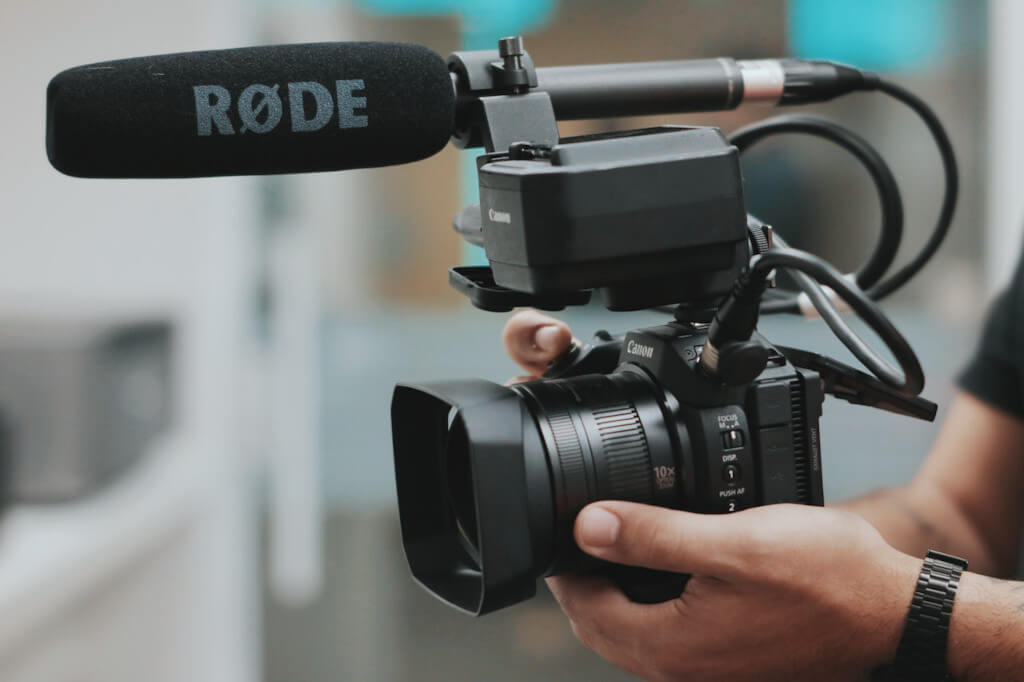
On-set recording done by the Sound Department includes catching dialogue as well as the sounds of the particular setting that is currently being filmed, such as the echo of a great hall or the fields the main character is biking through. The boom microphone, digital mics, specialized equipment to quantify sound, sound recording operating systems, and reels of cable are all examples of the types of tools that are utilized by these experts who are referred to as “production sound mixers.”
The sound department is essentially in charge of anything that can be heard on the screen, so they should be credited for that. Even though the use of digital sound for special effects is becoming increasingly common, traditional benchmarks are still applied in the industry today. In almost every Foley closet, you’ll find dried-out coconut shells that are used to imitate horse hooves. This particular effect was imitated in Monty Python and the Holy Grail.
What Exactly Does a Film Studio’s Sound Department Do?
The Sound Department is in charge of recording each of the location’s sounds throughout the production. Boom mics are positioned by sound mixers so that they can record a conversation, monologues, close speeches, and other types of dialogue without picking up any additional background noises. These microphones are attached to the very tip of a telescoping pole, which provides the user with a great deal of mobility.
Due to the soundstage’s ability to have its surroundings monitored, the positioning of the booms on the stage is comparatively unchanging. When filming on location, such as in a railway station, things can get a little (or a lot!) more complex than they would be in a studio. The announcements, whistles, and general commotion caused by the passengers can sometimes make it difficult to hear the dialogue.
At the very least, recording dialogue outdoors may be an intimidating experience. A stormy day can cause chaos on a set because the mic is sensitive enough to pick up the wind gusts that are passing by. The operators of the boom must be able to respond appropriately to changing conditions and think of creative solutions to problems such as gusty winds.
Although they are typically introduced later in the production process, a few of those sounds have the potential to give the movie an added element. If the performers are spaced too far apart for a single boom to be effective, secondary booms might be required. When it is not possible to use boom mics, radio mics are substituted for them. Studio mics are utilized when dubbing is necessary.
Post-production
All of the sounds that are added after production are the responsibility of a recording engineer or a supervisory sound editor. Clips of the film are delivered frequently to the sound department so that they can “polish” the soundtrack of the movie. In some instances, music or sound effects are added, for example in the case of foley work.
The Art Of Being A Foley Artist
Foley artists are audio professionals who assist in the post-production stage of a film, which occurs after the shooting has wrapped. They have the great gig of twisting celery until it starts to break, snuffling unspooled VHS tape, and chewing on dry pasta. Foley artists use these one-of-a-kind noises, as well as hundreds of shoes, human body parts, and containers stuffed with concrete, soil, or leaves, to replicate the noises of zombies trying to bite into the meat, papyrus blowing in the wind, and bones breaking.
Post Sync
At this point in the production of the film, all of the audio elements are synchronized with the primary photography. During this stage, the background noise that the boom operators laboriously worked to reduce is cleaned up and added back in. The sound of footsteps, which had been silenced so that they will not be heard over the conversation, is added to the soundscape, as are the sounds of birds whistling, guns firing, and leaves crackling; all of these become integrated once more into the film.
Soundtrack Scores
During post-production, the score is also edited and integrated into the movie. In this nearly final stage of post-production, all of the soundtrack elements are being incorporated (just even provisional clips of songs). These elements include the original songs, the most recent pop hits, and the golden oldies. The score, which may be as audible as the one for Game of Thrones or not more than a fixed bassline to escalate tensions, is then incorporated and positioned correctly.
After that, the task of enhancing those sounds falls on the shoulders of sound mixers and editors. In post-production, sound mixers and editorial staff polished the fresh conversation and did sound to a fine sheen utilizing input from the filmmaker and/or members of the audio crew. After that, the audio and visual components are matched up to create the finished product.
The objective of the sound department is to achieve the finest recording possible, and this can be accomplished either on location or within a closed set. If you’re looking for the finest sound department to assist on your next shoot, visit this site to connect with the team at YLO to assist you with your search.



